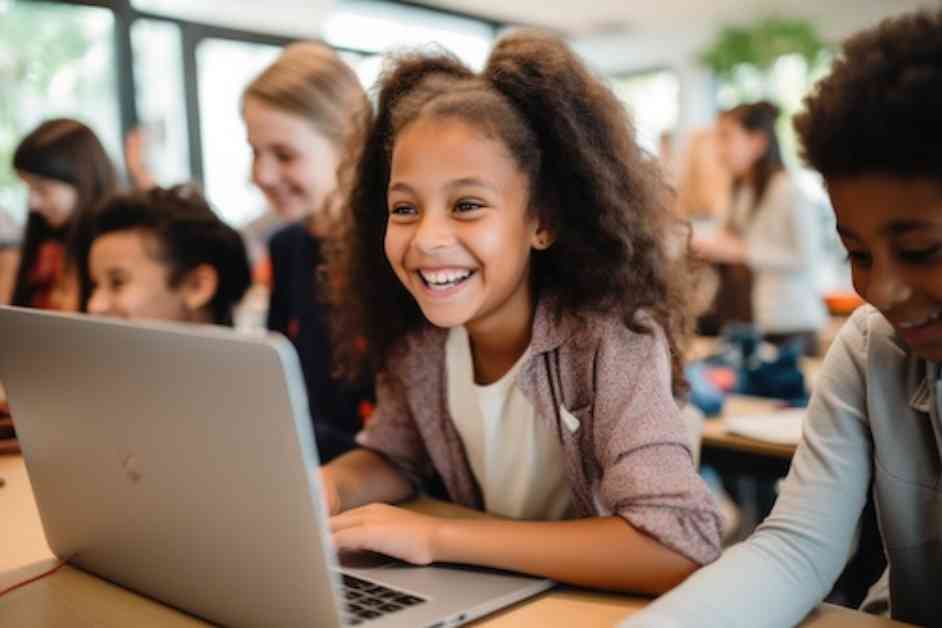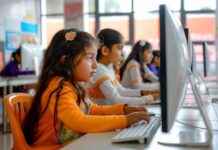In the fast-paced world of education technology, AI-powered tools have become increasingly prevalent. However, many of these tools may not be tapping into the full potential of AI when it comes to creativity in the classroom. While a vast majority of teachers believe that AI will impact teaching, there are concerns about its limitations, particularly in replicating traditional teaching methods.
Instead of using AI to simply provide answers to problems with right or wrong solutions, educators and researchers are exploring ways to integrate generative AI into more creative and collaborative learning experiences. By encouraging students to creatively solve meaningful problems that don’t necessarily have a known answer, AI can be used to foster critical thinking and innovation.
One key aspect of integrating AI into the classroom is engaging students in “playful learning,” where they have the opportunity to explore, experiment, and collaborate in a low-stakes environment. Research has shown that playful learning not only helps students work together more effectively but also allows them to develop important soft skills for the future.
By encouraging students to use AI tools in creative ways, such as creating their own AI applications or collaborating on real-world projects with AI support, educators can help them build future-ready skills. This approach not only enhances students’ understanding of AI technology but also empowers them to take control of their own learning.
Imagine a history class where students use AI to generate images of historical figures, or a science class where AI helps visualize complex molecular structures. These examples demonstrate how AI can enrich learning experiences and make them more interactive and engaging for students.
While AI-powered features in existing edtech tools are beneficial, a more hands-on approach to using AI can provide students with a deeper understanding of the technology and its capabilities. By encouraging students to experiment with AI, educators can help them develop critical thinking skills and a better understanding of how AI can be used as a tool for learning.
In conclusion, by embracing a playful and creative approach to integrating AI in the classroom, educators can empower students to become future-ready learners. This shift towards more innovative and collaborative uses of AI can help students develop the skills they need to succeed in a rapidly changing world. Let’s focus on creativity and collaboration in education to prepare students for the challenges of tomorrow.







